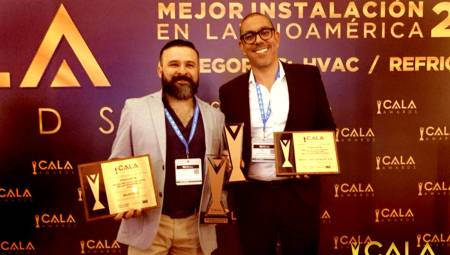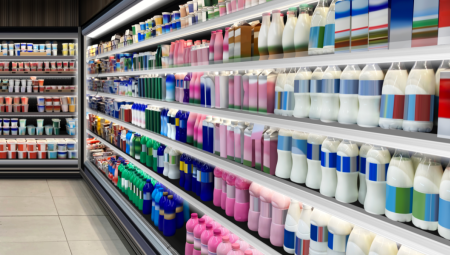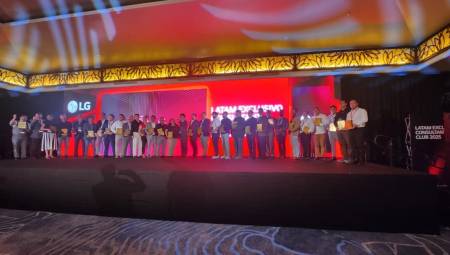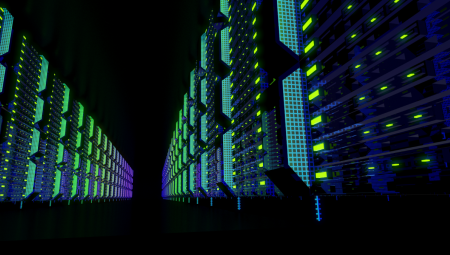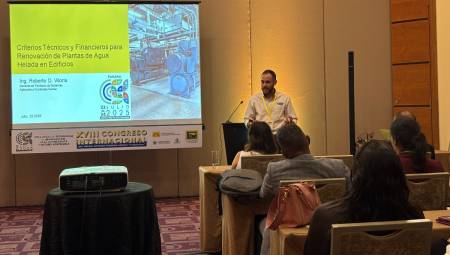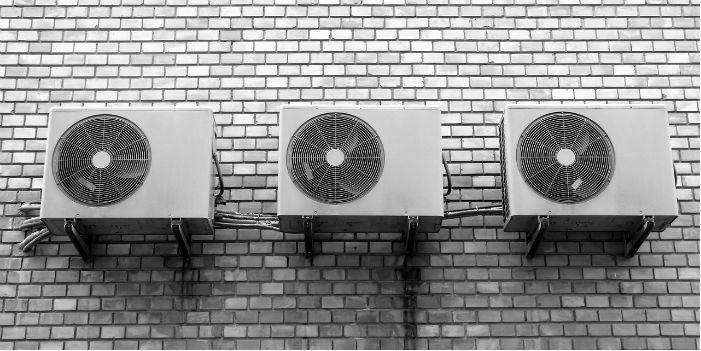 United States. Residential electricity consumption rises and falls seasonally much more than commercial or industrial consumption, largely due to the use of air conditioning in the summer. According to the most recent data from EIA's (Energy Information Administration) Residential Energy Consumption Survey (RECS), nearly 9 out of 10 U.S. homes are climate-controlled by central units, individual units (window, wall, or laptop), or both.
United States. Residential electricity consumption rises and falls seasonally much more than commercial or industrial consumption, largely due to the use of air conditioning in the summer. According to the most recent data from EIA's (Energy Information Administration) Residential Energy Consumption Survey (RECS), nearly 9 out of 10 U.S. homes are climate-controlled by central units, individual units (window, wall, or laptop), or both.
Other activities, including the use of fans, dehumidifiers and pool pumps, also increase the use of electricity in summer in homes.
Typically, monthly domestic electricity consumption peaks in July and August, when temperatures and cooling demand are the highest. EIA estimates that 18% of families' annual electricity consumption is for air conditioning. Three-quarters of all air-conditioned homes use core equipment, but individual air conditioning units are most common in the cold/very cold weather region in the northern United States and the marine climate region along the West Coast.
Individual air conditioning units are more common in mobile homes and apartments than in single-family homes, and are also common in older homes where it can be more difficult or expensive to add a central system and the ducts that most central systems require.
Some homes use fans, dehumidifiers, or evaporative coolers to maintain comfortable temperatures instead of, or in addition to, air conditioning equipment. Nationwide, 87% of households use fans, which are equally common in homes with and without air conditioning. The average U.S. household that uses fans has two or three ceiling fans and a floor, table, or window fan. Ceiling fans are more common in single-family homes, while floor, table, and window fans are more common in mobile homes.
Dehumidifiers are mainly used in cold/very cold and mixed humid climatic regions: about half of households that use dehumidifiers do so for no more than four months of the year. While dehumidifiers are used in 15% of air-conditioned homes, almost all homes with a dehumidifier also have air conditioning equipment (93%). Evaporative coolers (also known as swamp coolers) are used in only 2% of homes nationwide, most commonly in the dry and arid states in the Southwest. About half of households with evaporative coolers do not have traditional air conditioning equipment.
The energy consumption equipment associated with maintaining private pools accounts for a large portion of summer energy use for the relatively small proportion of households (7%) that have them. In total, the average residential customer in the United States used close to 11,000 kilowatts in 2016, but pool pumps can only use thousands of kilowatts each year. Households can reduce the energy use of the pool pump by choosing a variable speed pump or installing a timer. Four states (California, Washington, Connecticut, and Arizona) have statewide efficiency standards for pool pumps.
Heated pools are a relatively minor contributor to residential electricity demand in summer. Only a third of the homemade pools are heated. Moreover, natural gas is the most common fuel used to heat swimming pools in the United States, and only 9% of homes with swimming pools are heated with electricity.



